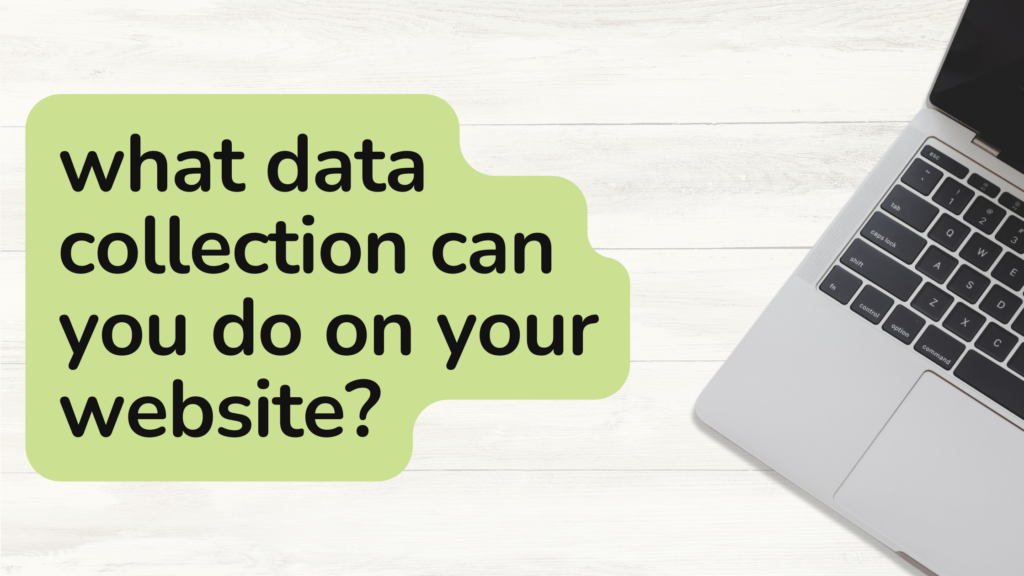We run into a common problem where clients consider their website to be a digital billboard. Something that they set and forget about and simply assume that it’s going to work for them. While that may be a case for newly launched websites, a website needs to be tuned up, re-examined, and updated to meet current standards over time. This is where site audits come to save the day.
A site audit is very much like running diagnostics on a car. It can catch errors that might not appear on the surface level. Depending on how in-depth the audit is, you can find out a lot more information than you are ready for. Here are some of the most common things you can learn from a site audit.
How Well Your Site Is Optimized For SEO
Almost all auditing software will give your site a score, usually from 0-100%. This score is a baseline for how well your website is optimized for SEO compared to search engine standards. Most often this score is called the health score of your website. The higher and healthier your score the more favorable it is to search engines.
An example of how this can affect your SEO rankings is if your site has a health score of 56% but a competitor site has a score of 92%, search engines have an easier time crawling and understanding the competitor website so it becomes more trustworthy and useful to predicted users. This can mean that your competitor will always rank above you in results for shared keywords and in location-based searches. Keeping an eye on your site’s health score is a great way to make sure you are on the same ground as the competition! Or taking advantage of others who aren’t as proactive.
Want to learn more about SEO? Read our 101 blog on it!
Find Out Which Errors Are Harming Your SEO Efforts
By now you are wondering what affects and causes your SEO health score. In short, everything. All parts of a website are examined and evaluated for their useability for both human and robot traffic. Now some errors have a stronger impact than others, here are three of the most impactful errors a site audit can uncover for you.
Missing Headers
This is a big one for both human and robot eyes. Headers on a website help tell users what information is most important. It sets the hierarchy of how something should be read. Think back to the textbooks that you read in middle school. Each chapter had one big title with smaller sections having subheadings to divide out the information to make it easier to read. Now think back to a textbook you might have gotten in college with the tiny font and endless paragraphs.
Which was easier to comprehend? Having sections titled out not only help determine important information it also increases the strength of keywords. When Google sees that you added a header with a service you provide, it’s going to take that as something important and tie it to future searches. Without headers, search engines won’t be able to understand what’s the most important information it needs to index which leads to your site ranking for some odd keywords.
Missing Meta Descriptions
A meta description is a short summary of a webpage. The goal of a meta description is simple, to tell the user that they found exactly what they are looking for. Meta descriptions don’t affect search engine rankings but they do strengthen keywords and help gain click-thru traffic from potential users.
When search engines index a webpage without a set meta description it’s usually the first bit of content that is pulled as the summary. If anything does get pulled at all. So, depending on how well written your website copy is, users could be skipping over you entirely.
Photos With Missing Alt Text
This is an error that no one seems to notice. Just a reminder that computers can see photos, here it is. Alt text on a photo describes what a photo is to search engines. This is a tool you can use to help increase your desired keywords! Alt-text is also very useful to those who are visually impaired and might be using a reader. Alt-text will describe the image to them as if it was just a regular part of the content. This also appears if the image is broken, so you don’t just have an empty space in the middle of your webpage.
Finding Out Your Site Speed
Google, Bing, and every person who browses the internet all prefer sites that load quickly. A site audit can tell you if your website is on the slower side of things. While there are other tools that can give you more detailed information, you know the nitty-gritty code part, a site audit can give you recommendations to help you inch it to a much more desired load time. Things like 404 error pages, broken links, and images that are too large are culprits behind longer loading times.
Need A Site Audit, Look No Further
Has it been a while since you looked under the hood of your website? Or have you just ignored things and hoped that everything is working fine? Either way, iNNOV8 Place can help! We are experts in finding out the dirt on your website and helping you get back on the right track. Contact us soon so we can get started before Google decides to change the internet again.




